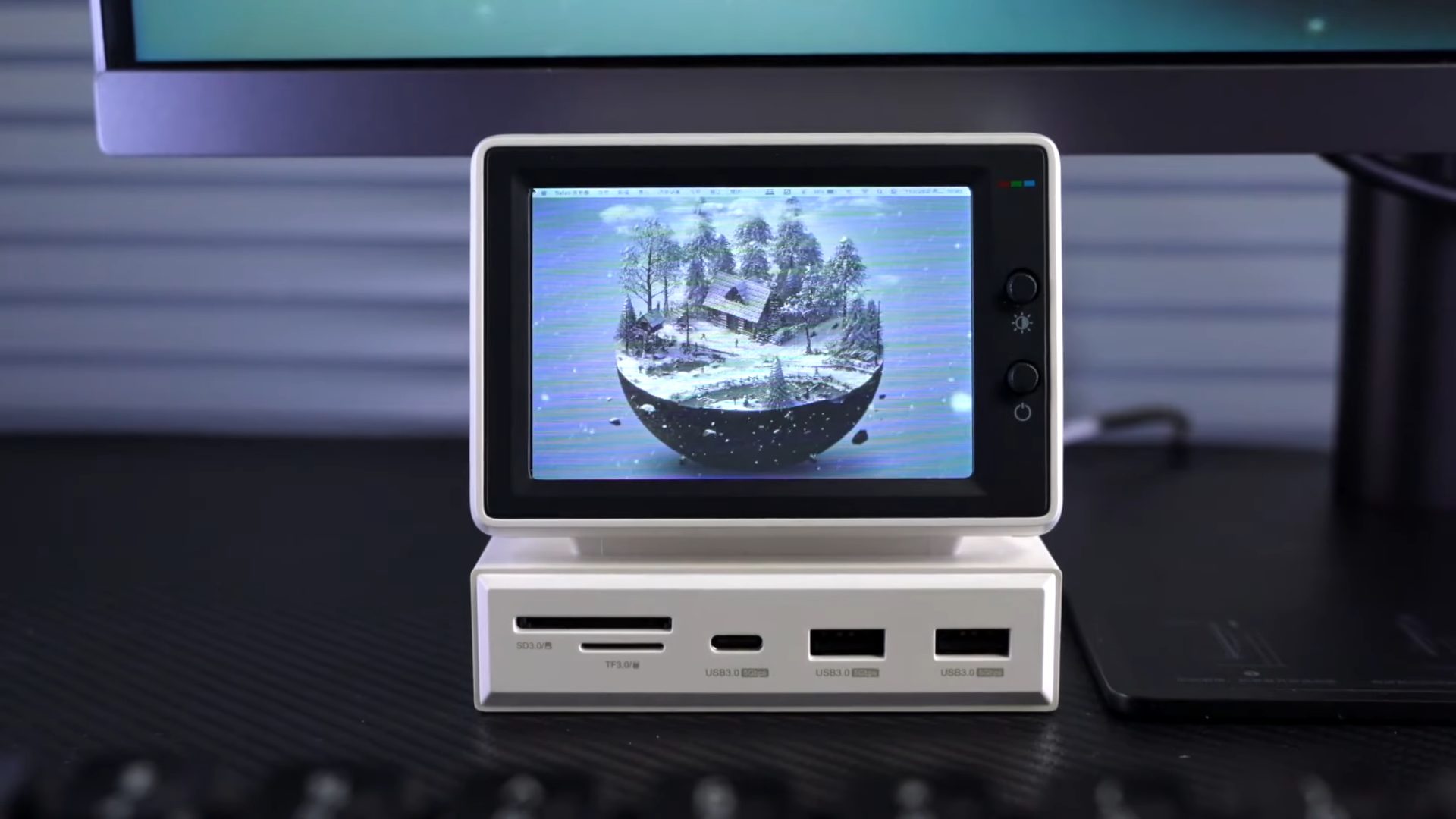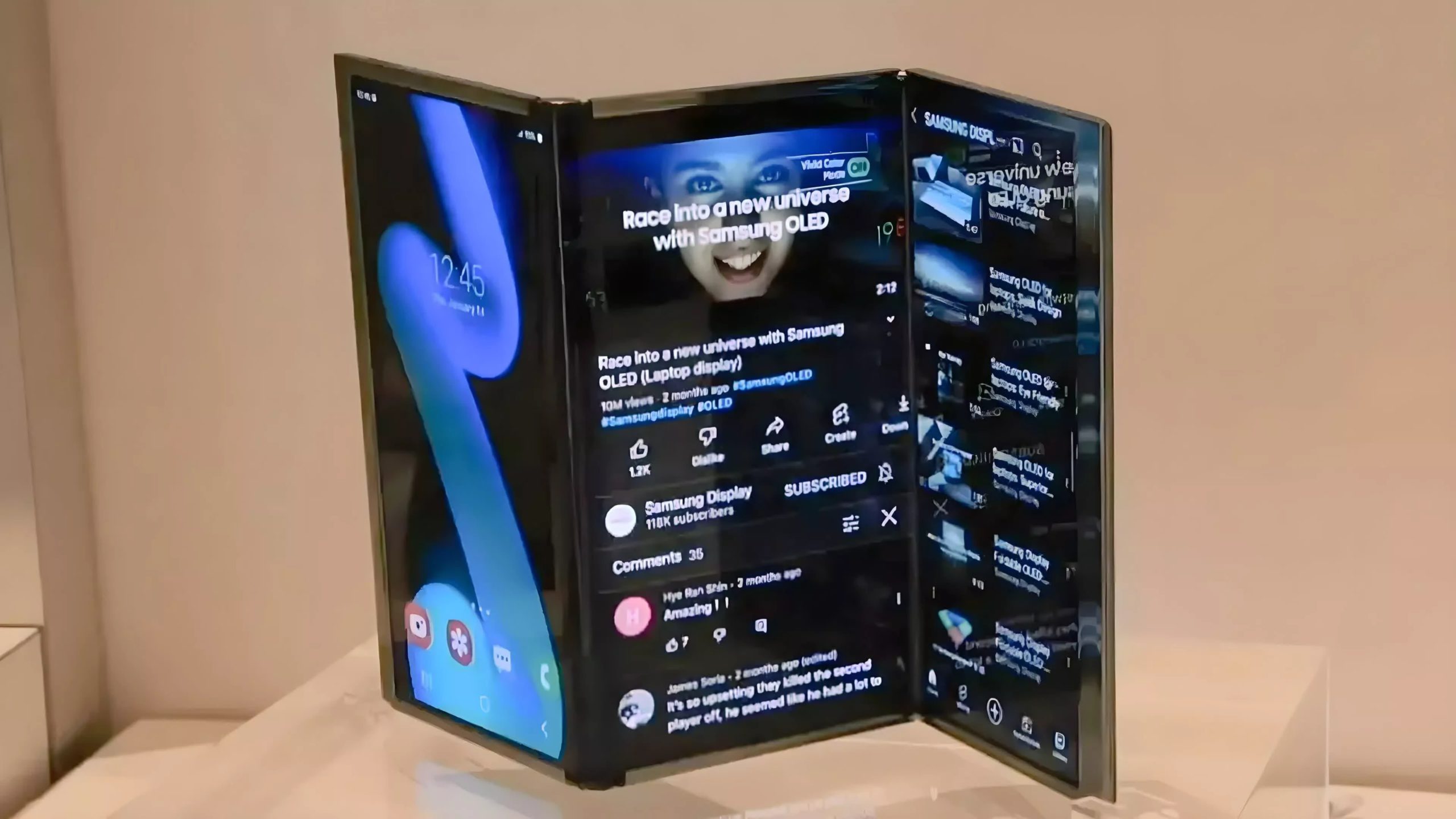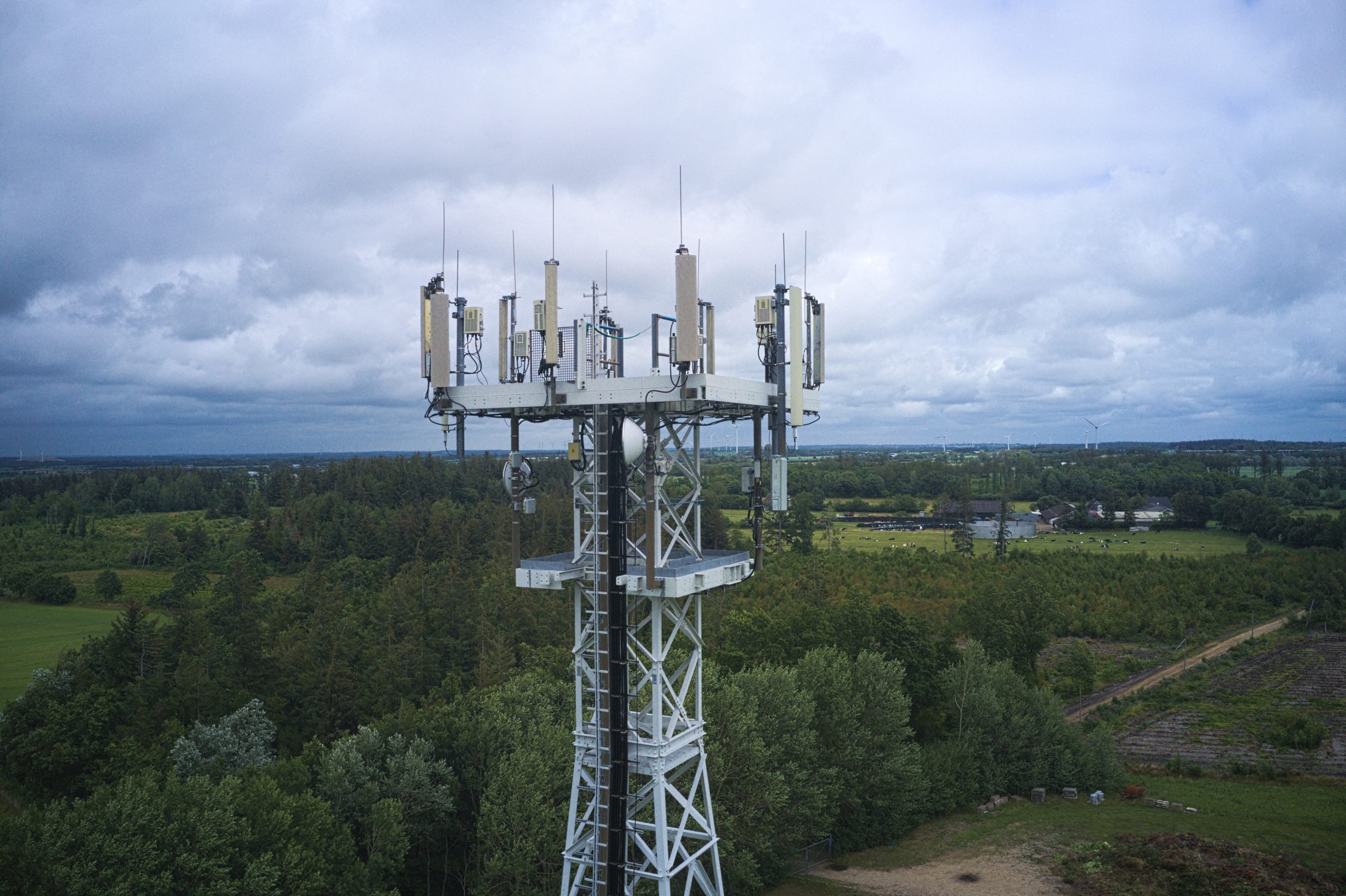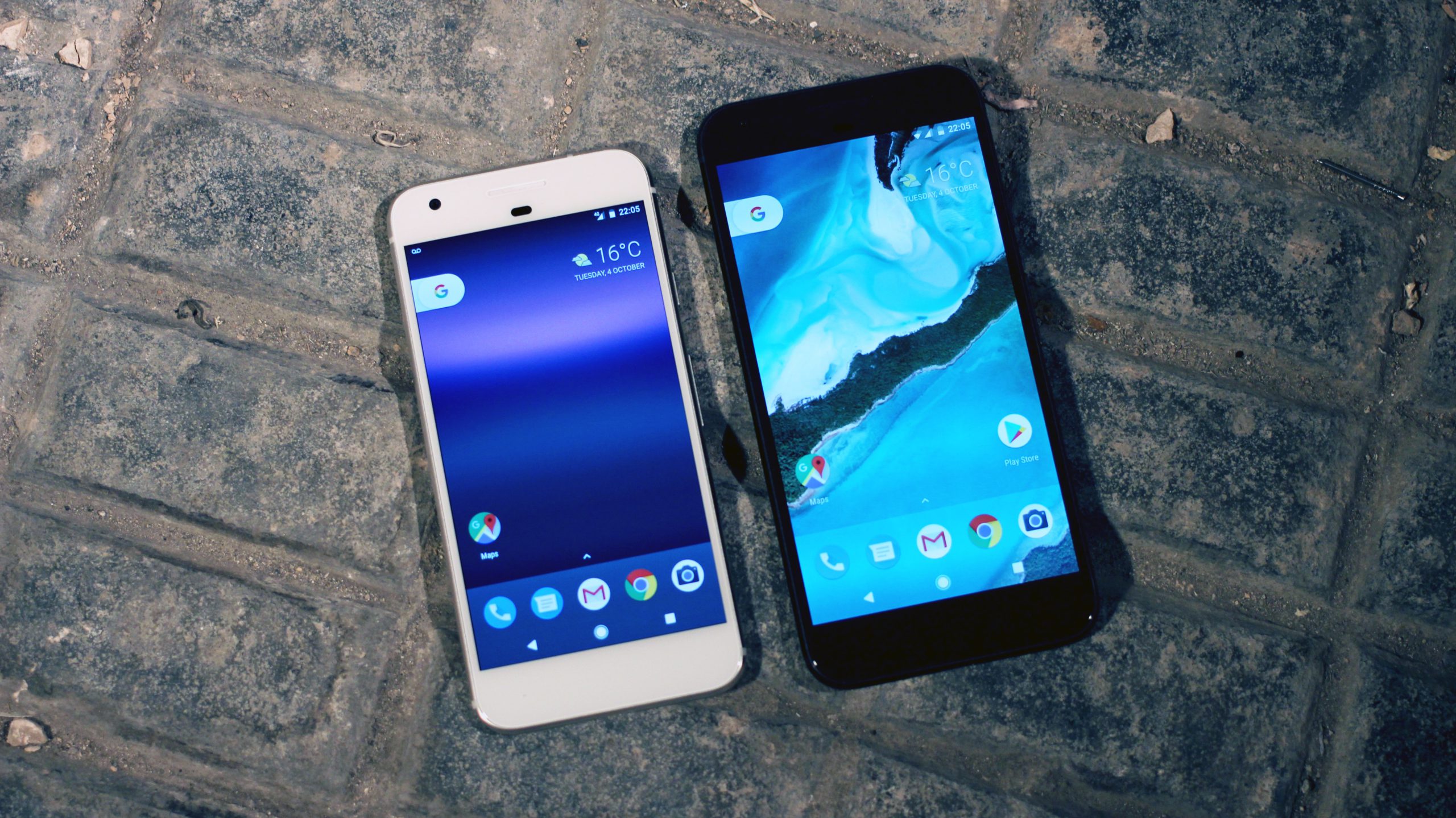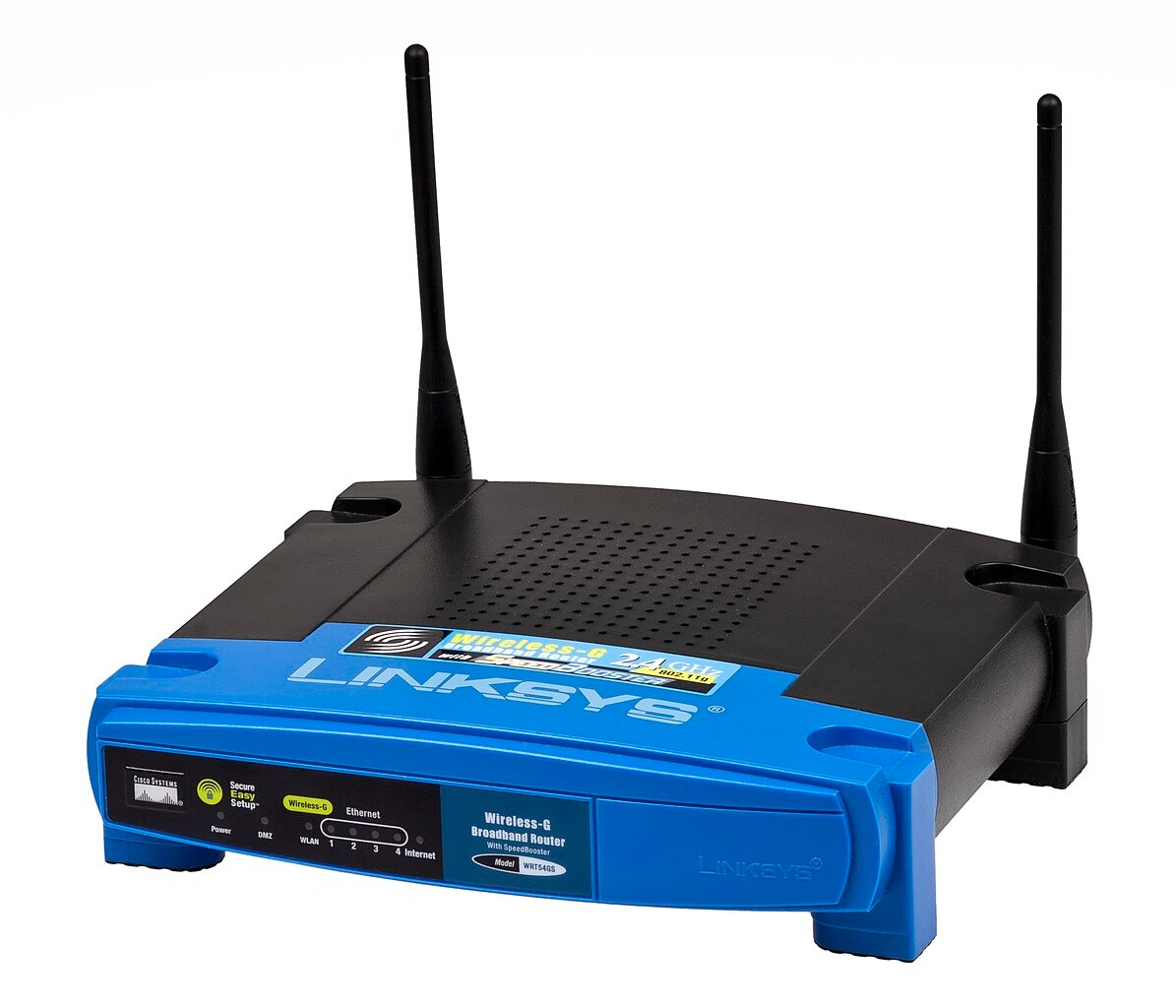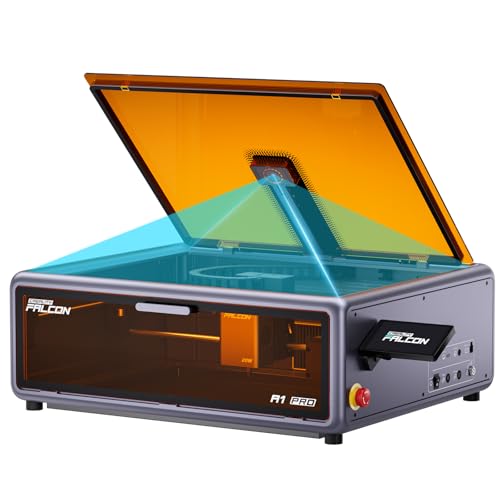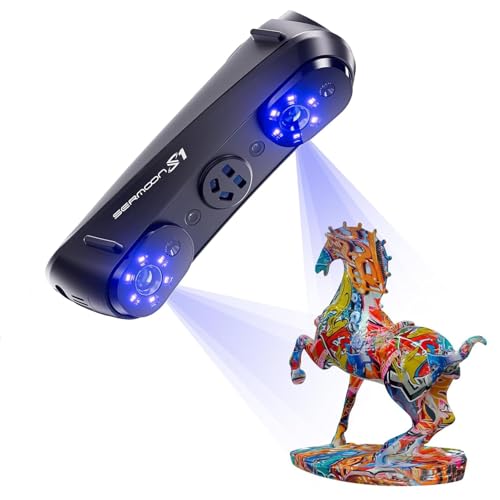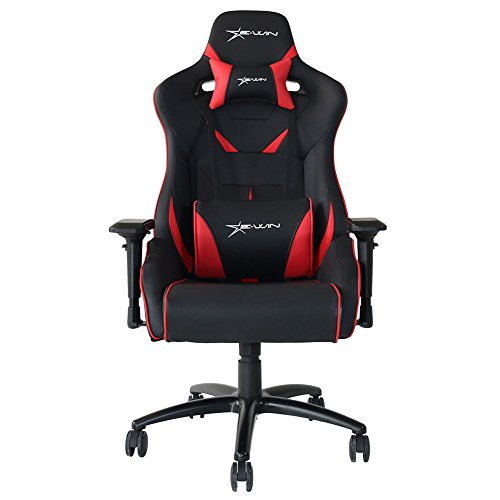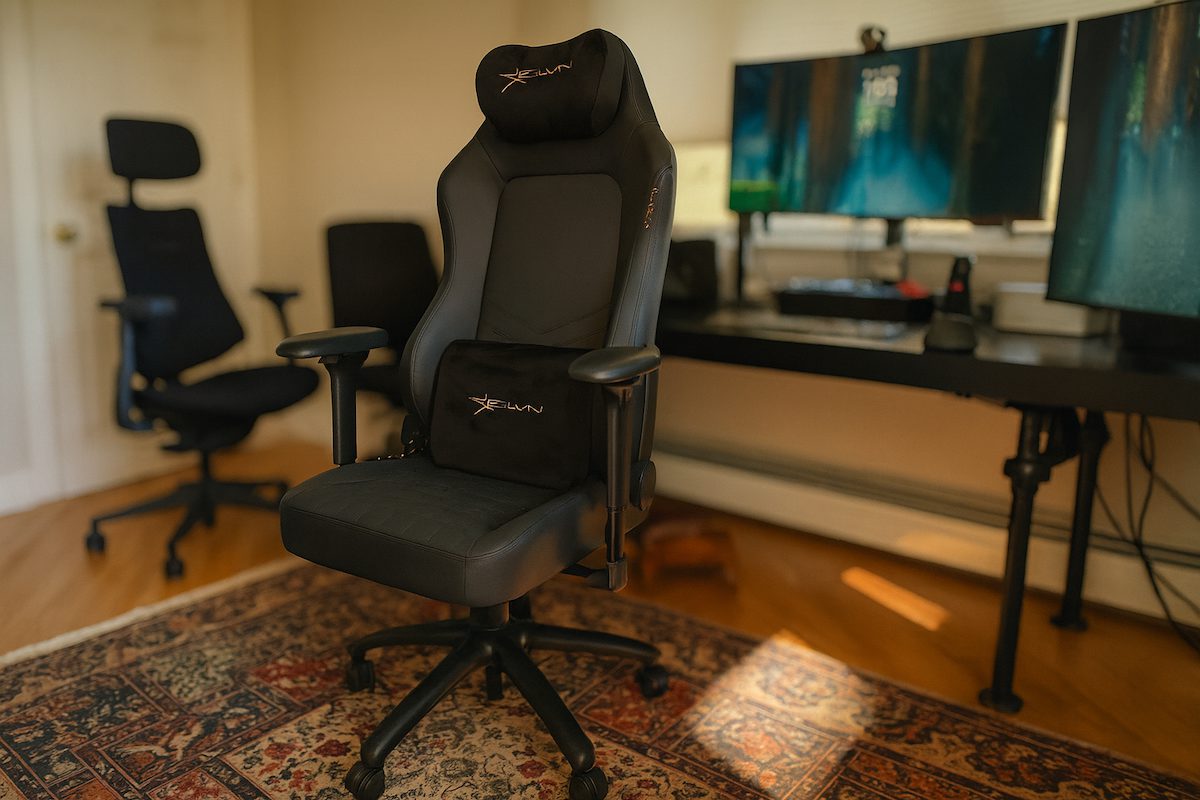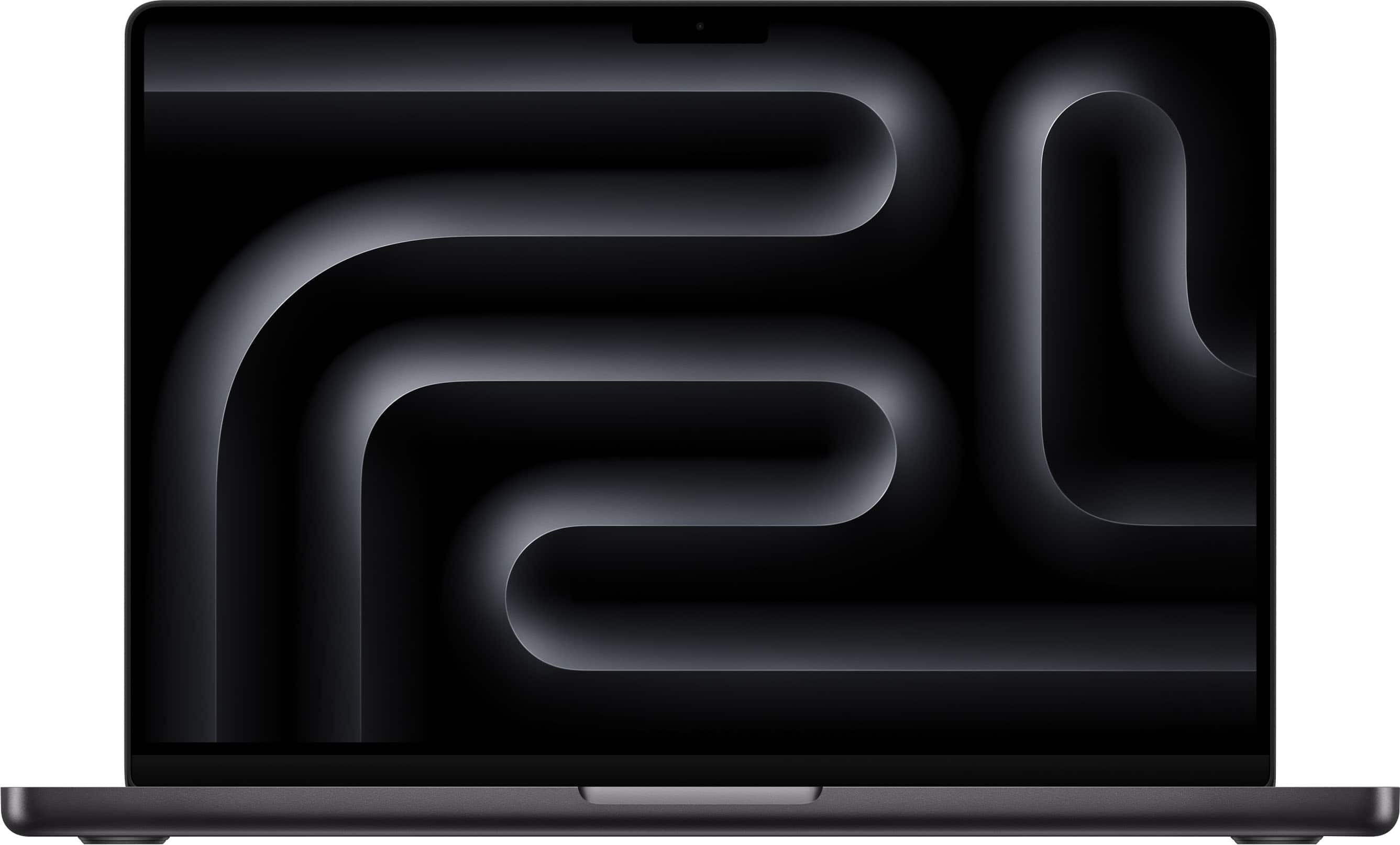Shanghai-based Hagibis claims its mini-monitor USB-C hub delivers both nostalgia and function in one pocket-sized package. The device, priced between $89 to $ 99 depending on the retailer, serves up connectivity while moonlighting as a second screen that wouldn’t look out of place in a ’90s hacker movie. Tech collectors and minimalists might find themselves equally tempted by this genius desk gadget, leading today’s quiet workspace revolution.
Retro Styling Meets Modern Tech

The stark white housing and chunky proportions perfectly channel those beige boxes that once dominated office landscapes. Deliberately retro in its design language, this hub transforms boring connectivity into a conversation piece. Three physical buttons on the side control brightness and power—delightfully tactile in our tap-and-swipe world.
Display That Punches Above Its Weight

The 3.5-inch IPS display packs more punch than its size suggests. While Hagibis claims it supports an impressive 2560×1600 resolution, the actual native resolution appears to be 480×320 according to multiple sources, with higher resolutions achieved through scaling. Even with this limitation, the screen delivers surprisingly clear visuals at close range.
Software Flexibility For Productivity Nerds

Where this mini-monitor shines is its software flexibility. The screen can display everything from Adobe creative apps to system monitoring tools. Having chat windows, reference images, or even floating lyrics visible while your main screen handles heavy lifting feels genuinely useful—like having a digital Post-it note that never runs out of space.
Time-Warp Display Modes

The built-in display modes lean hard into nostalgia. The green-on-black terminal clock mode especially triggers memories of watching Dad code in BASIC. Windows users get both mirroring and extending options, while Mac compatibility varies by model. No drivers needed—just plug and play like it’s 1999, but with modern speeds.
Port Selection That Actually Matters
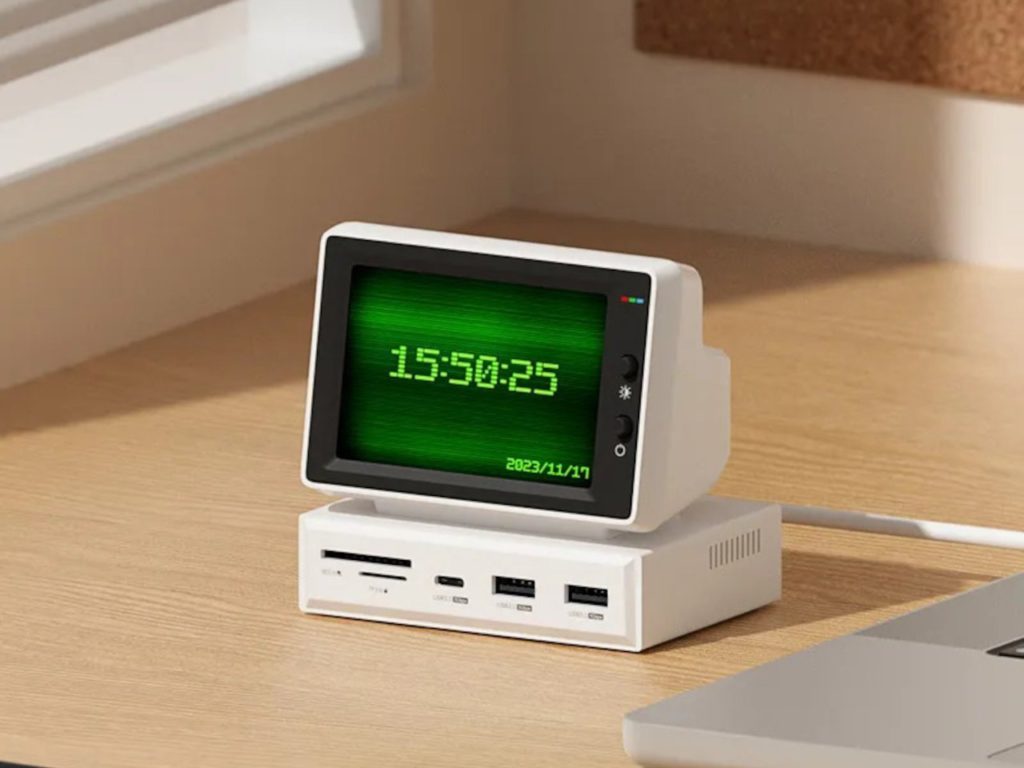
Beneath the retro styling sits modern hardware that delivers where it matters. The dock packs a 5 Gbps USB-C port, two USB-A 3.0 connections, and both TF and SD card readers. Connection requires just a single cable in most setups, making desk management drastically simpler.
The Value Proposition

At $89-99, you’re paying a premium over basic USB hubs for that screen. Regular hubs with similar ports run $30-40, making the display a roughly $50-60 add-on. Power users should note that the display likely consumes additional power, potentially impacting battery life when mobile.
For those who value both function and form, this hub delivers a unique combo that makes boring connectivity visually interesting. In a tech landscape of increasingly invisible gadgets, sometimes it’s refreshing to have hardware that’s meant to be seen.


